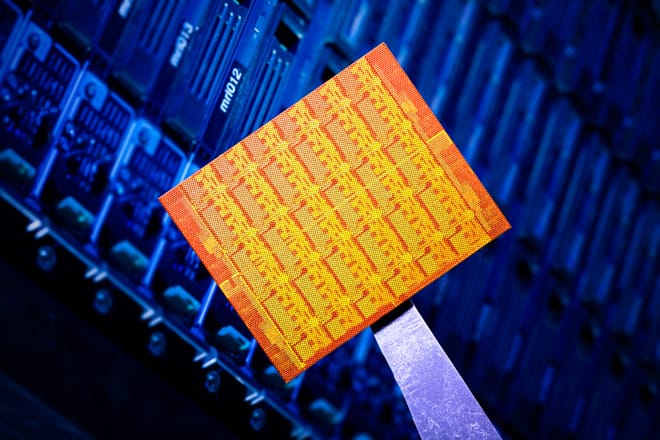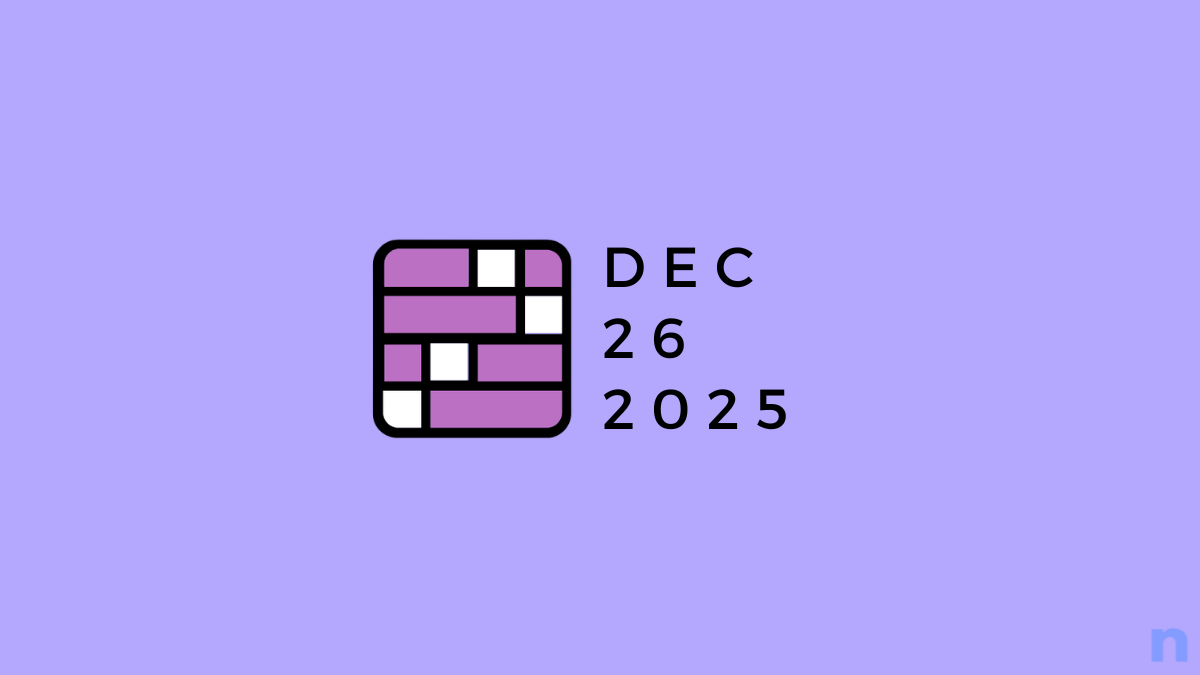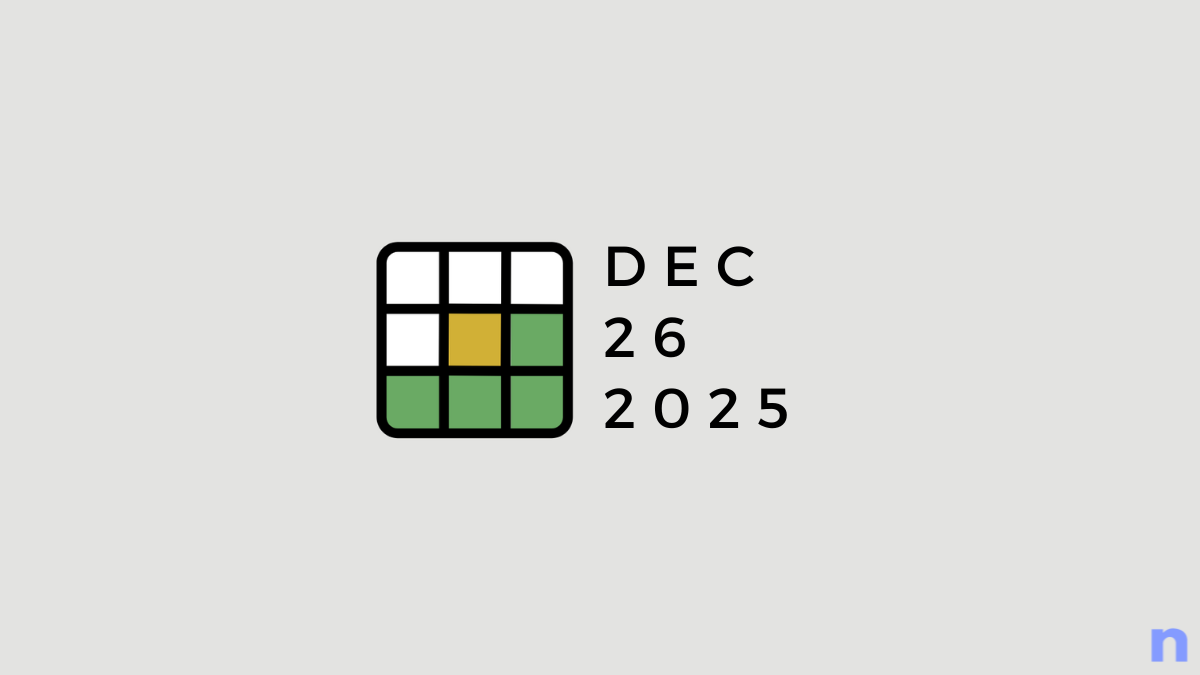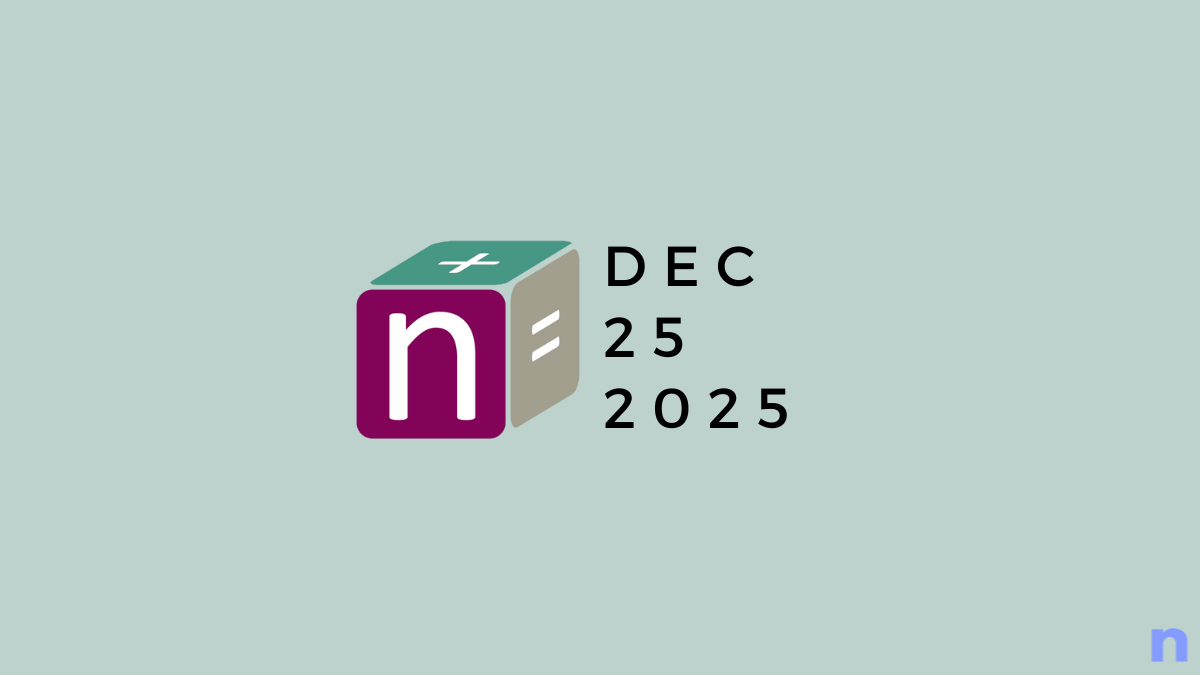Intel researchers are working on a 48-core processor for smartphones and tablets, but it could be five to 10 years before it hits the market. If the current crop of quad-core devices are said to be blazing fast, imagine what a 48-core chip inside a Nexus 4, or a Nexus 10 could do. Intel CTO Justin Rattner is of the opinion that this 48-core beast could actually be implemented much sooner than the five to 10 years estimated by researchers.
While it is common knowledge that such high-power chips are used to power the world of fluid dynamics and other puzzling mathematical applications which require tremendous processing firepower, Intel researchers are working to see how to best use so many cores for one device. With so many cores available, the processing work gets divided among the cores making it easier as well as faster. With multiple core processing, someone could, for example, be running multiple system-resource hungry apps at the same time. While the concept of distributed processing is already being done with the dual-core and quad-cores of today, at times operations tend to drag because of resources having to be shared.
Another example of what a 48-core chip can do inside a mobile device – While playing a high-definition video, a 48-core chip would be able to use different cores to decode different video frames at the same time, giving the user a more seamless video experience. No stuttering, no lag whatsoever, and no need to convert your videos before adding them to your phone or tablet.
The other advantage with multiple core is that instead of one or two or for that matter four cores working at nearly top capacity on a task and using up a lot of energy, we could have 48 cores working on multiple tasks simultaneously while still using up a fraction of what two or four cores would. Fancy stuff, don’t you think?
While 48-cores may be a reality soon as far as the hardware is concerned, what is also required for successful implementation is for developers to create apps and software which take advantage of multicore processing. Imagine various visual elements of a graphics intensive game being handled across multiple cores, and the in-game music being handled by a different set of cores. Now that would be something, eh? Intel has already joined hands with Motorola and Lava, and looks like we might be seeing a lot more handsets with the Intel-inside logo at the back, in the future.













Discussion